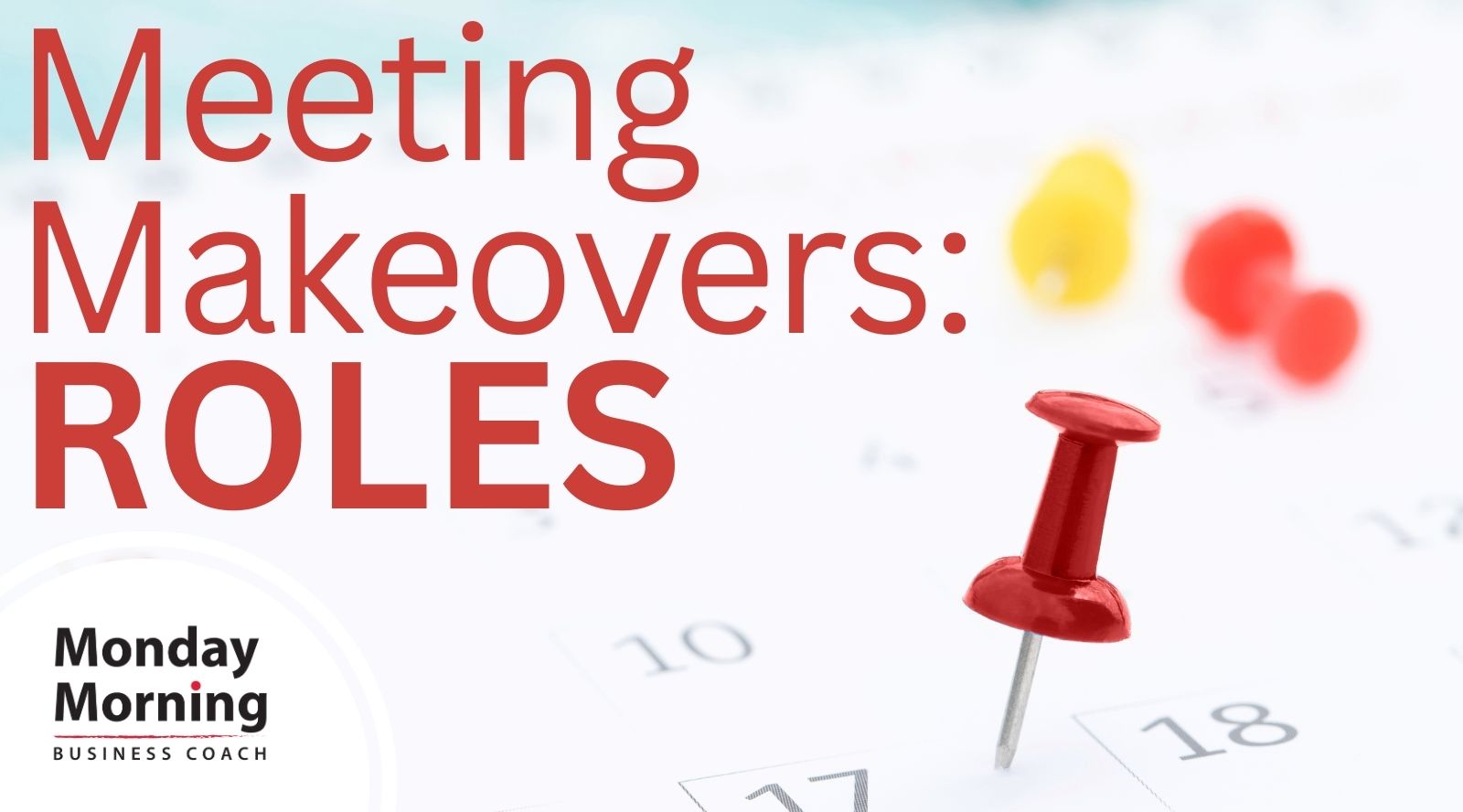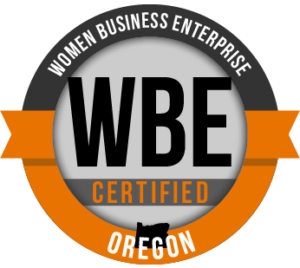We’ve recently been discussing some suggestions to help you audit your meetings to be sure you’re in (or leading) the right ones.
Last week, we talked about some tips for creating winning agendas that are efficient, engaging, and empowering.
Today, we’d like you to consider assigning some key roles in your meetings as a way to further engage and empower others on the team and to keep things running efficiently.
THE LEADER
This person runs the meeting and takes responsibility for the content delivered. The leader may lead the whole meeting or ask others to lead a part or all of it.
The Leader is also typically responsible for setting the expectations and the agenda for the meeting as we discussed in last week’s agenda post.
THE NOTETAKER
This person takes notes during the meeting and is responsible for sending them out to the team after the meeting.
Be sure to empower the Notetaker to speak up if s/he missed a key piece of information or needs clarification on something.
THE HERDER
This person makes sure to keep the discussions within a topic, on topic. It can be really difficult to try and run a successful meeting when people get sidetracked.
Having someone with the role of Herder makes it a little bit easier to call out when people get off track or down in a rabbit hole.
When agenda items go off track, the Herder is empowered to let team members know that s/he will add the item to the Parking Lot (see our agenda post for more details) for review at another time.
THE TIMEKEEPER
The Timekeeper makes sure that each section of the agenda stays within its allotted time.
This person is empowered and willing to speak up and alert the group when they need to get back on schedule or when they are getting close to the end of the meeting.
THE FACILITATOR
NOTE: There is an additional role that’s often added to larger teams or executive meetings and that is the role of the facilitator.
The Facilitator is responsible for the overall process of the meeting and keeping things moving, which allows the Leader to fully participate in the meeting. This person is not typically involved in the meeting content.
Studies have shown that meeting success goes up as more people participate.
When you talk with team members about these key roles, explain the importance of creating meetings that are more efficient, more engaging, and where people feel empowered.
Running a meeting doesn’t have to be a job for just one person. This week, ask team members if there is a particular role they’d like to try out and discuss the possibilities.
We’ve created a PDF for you so that you can easily remember these key roles. You can download it here: Meeting Roles
Let us know how it goes!
If you’d like support
with meeting makeovers,
contact us today.


